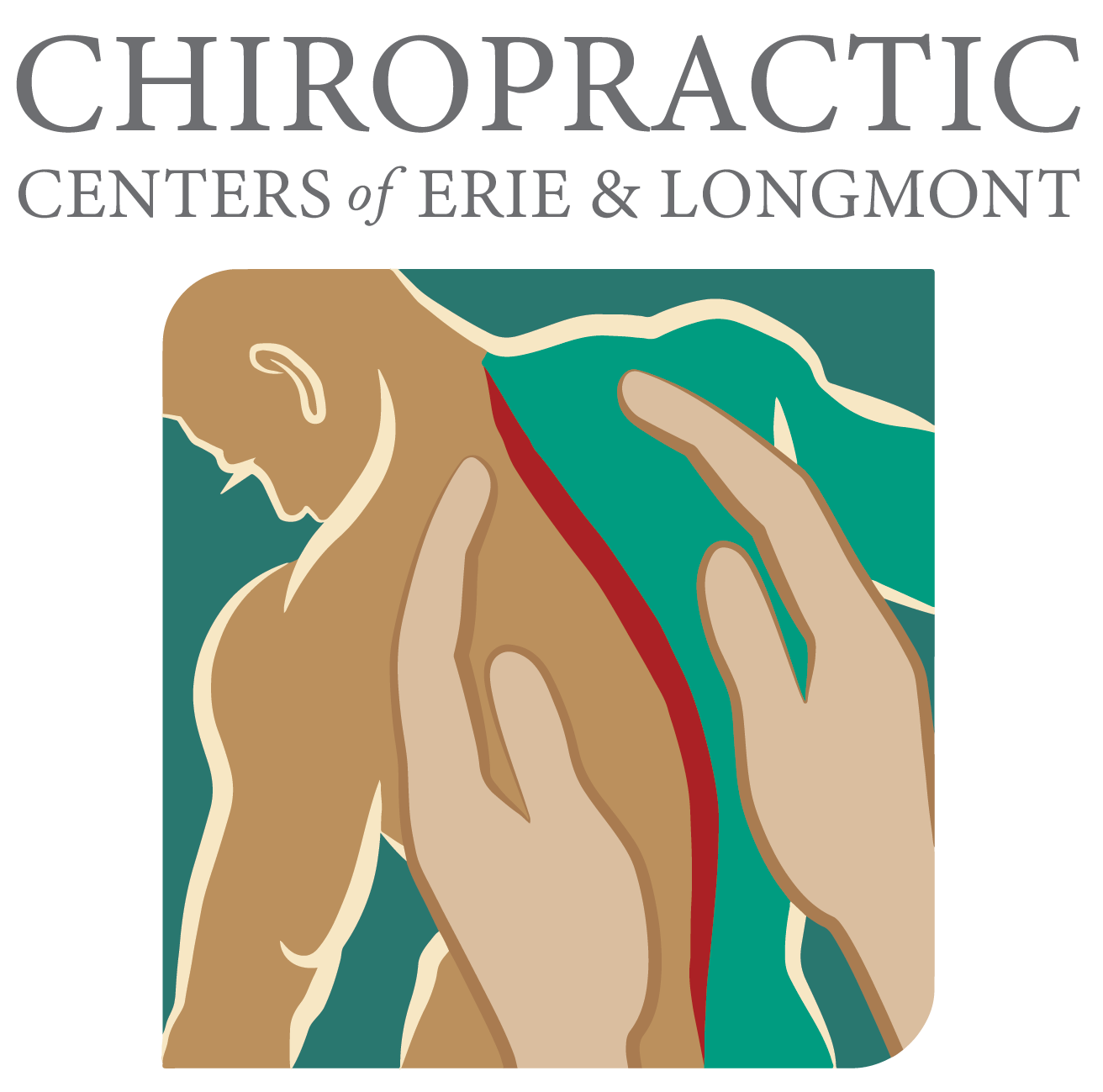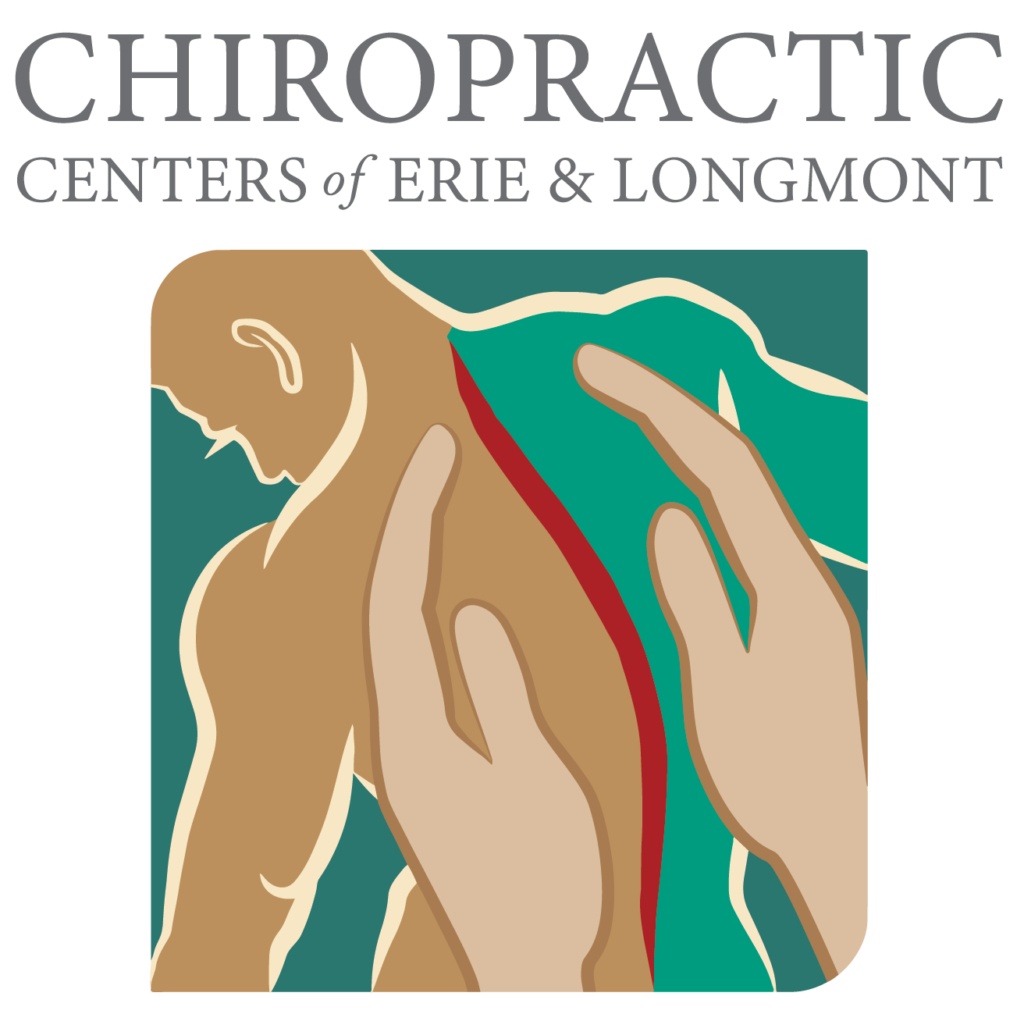Can Chiropractors Help With Arm Pain? Exploring Chiropractic Solutions
Have you struggled with chronic arm pain? Felt the sting of discomfort and weakness that threatens to hijack your daily activities? Arm pain does not only reduce functionality but can also severely affect your quality of life. Today, I will throw light on a surprisingly effective solution: chiropractic care. This blog post will delve into the world of chiropractic treatments for arm pain, breaking down its efficacy, methods, pros, and cons. The answer we’re exploring may surprise you – Yes, a chiropractor can indeed help alleviate your nagging arm pain. Let’s debunk some myths and take a deep dive into this innovative healing solution!
Various factors, such as pinched nerves or musculoskeletal imbalances in the neck and upper back can cause arm pain. Chiropractors are trained to diagnose and treat these types of conditions through manual adjustments, spinal manipulations, therapeutic exercises, and other non-invasive methods. It is recommended to consult with a qualified chiropractor who has proper education and certifications to address your specific arm pain concerns.
Diagnostic Procedures by a Chiropractor for Arm Pain
When seeking chiropractic solutions for arm pain, one of the first steps is undergoing diagnostic procedures conducted by a chiropractor. These procedures are designed to identify the underlying cause of the pain and guide the treatment plan effectively. Let’s explore some common diagnostic procedures used by chiropractors:
Physical Examination:
During a physical examination, a chiropractor will assess various factors related to your arm pain. They will examine your range of motion, muscle strength, and any signs of inflammation or swelling. By palpating the affected area and performing specific tests, they can gather valuable information about the source of your arm pain.
For instance, if you’re experiencing tingling and numbness in your arm along with pain, the chiropractor may suspect a pinched nerve. Through specific physical tests like Spurling’s Test or reflex and sensation testing, they can determine if nerve compression or impingement is present.
Imaging Tests:
In some cases, imaging tests may be necessary to gain a deeper understanding of the underlying condition contributing to arm pain. Chiropractors may request X-rays to visualize the bones and joints in detail. This can help identify issues like fractures, arthritis, or misalignments that could be causing or exacerbating the arm pain.
Additionally, advanced imaging techniques such as MRI (magnetic resonance imaging) or CT (computed tomography) scans may be recommended to get a more comprehensive view of soft tissues like muscles, nerves, tendons, and ligaments. These tests can provide valuable insights into conditions such as herniated discs or tendon injuries that may be contributing to arm pain.
Neurological Assessment:
Given that many arm pain cases involve nerve-related issues like pinched nerves or radiculopathy, chiropractors often conduct neurological assessments. These assessments aim to evaluate nerve function and identify any abnormalities that may be causing arm pain.
Chiropractors may perform tests such as checking reflexes, assessing sensory perception, and testing muscle strength. By evaluating specific nerves’ responses and detecting any signs of nerve dysfunction or irritation, they can narrow down the cause of arm pain and tailor treatment accordingly.
Once diagnostic procedures have been completed, chiropractors can move forward with personalized treatment plans. One crucial aspect that plays a significant role in arm pain management is assessing posture and alignment.
Posture and Alignment Assessment
Poor posture and misalignment can contribute to arm pain by placing excessive strain on the muscles, nerves, and joints. Chiropractors employ thorough posture and alignment assessments to identify any imbalances or postural habits that may be contributing to your arm pain.
Through visual observation and specific tests like gait analysis, range of motion assessment, and spinal evaluation, chiropractors can determine if poor posture or misaligned spinal segments are influencing your arm pain. They will carefully analyze how you sit, stand, walk, and perform daily activities to pinpoint any areas requiring adjustment or correction.
For example, if a patient has rounded shoulders or an excessively forward head posture (known as text neck), it can lead to increased pressure on the nerves in the neck region. This compression can ultimately result in radiating arm pain. By addressing these postural issues and aligning the spine properly through chiropractic adjustments, relief from arm pain can be achieved.
Once an accurate assessment is made, chiropractors will develop a personalized treatment plan tailored specifically to your needs. This may involve a combination of adjustments (manipulations) to realign the spine, therapeutic exercises to improve posture and strengthen supportive muscles, as well as lifestyle modifications to support long-term recovery.
Identifying Arm Pain Triggers
Arm pain can be a troublesome condition that affects our daily lives, limiting our ability to perform routine activities and hindering our overall quality of life. To effectively address arm pain, it is crucial to identify its triggers. By identifying the underlying factors that contribute to arm pain, we can take appropriate steps toward finding relief and seeking chiropractic solutions.
One common trigger for arm pain is repetitive strain injuries (RSIs). These injuries occur when we repeatedly perform certain movements or tasks, such as typing on a keyboard or lifting heavy objects. Over time, these repetitive actions can strain our muscles and tendons, leading to inflammation and discomfort in the arms.
Another potential trigger for arm pain is nerve impingement. When nerves in the neck or upper back become compressed or irritated, they can send pain signals down the arm. This compression can be caused by various factors such as herniated discs, spinal misalignments, or muscle tightness. Identifying the specific source of nerve impingement is crucial in formulating an effective treatment plan.
Understanding the triggers of arm pain enables us to move further in exploring the root causes that chiropractors typically treat.
Root Causes of Arm Pain Treated by Chiropractors
Chiropractors specialize in addressing musculoskeletal issues, which can encompass various root causes contributing to arm pain. Some common root causes treated by chiropractors include:
1. Pinched Nerves:
Arm pain can occur when nerves in the neck or spine become compressed or pinched. This compression may result from herniated discs, spinal misalignments, or muscle imbalances. Chiropractic adjustments aim to relieve pressure on these pinched nerves and restore proper nerve function.
2. Muscle Imbalances:
Imbalances in the surrounding muscles and soft tissues can contribute to arm pain. For example, tightness or weakness in specific muscles can affect joint mechanics and lead to pain and discomfort. Chiropractors use manual techniques such as soft tissue therapy and rehabilitative exercises to address these imbalances and promote optimal muscle function.
3. Postural Issues:
Poor posture, such as slouching or hunching over, places excessive strain on the neck, shoulders, and upper back. This strain can radiate down the arms and cause pain. Chiropractic care focuses on correcting postural imbalances through adjustments, exercises, and ergonomic recommendations.
By addressing these root causes of arm pain through chiropractic care, individuals can experience relief and improve their overall well-being.
Unraveling Muscle Spasms and Trigger Points
One common cause of arm pain is muscle spasms and trigger points. These are areas of intense muscle tightness and knots that can cause localized pain and radiate to other parts of the body. Muscle spasms can occur due to various reasons, such as overuse, poor posture, muscle imbalances, or even stress.
Muscle spasms occur when muscles contract involuntarily and do not relax properly. This can lead to aching, cramping, or sharp pain in the affected area. Trigger points, on the other hand, are specific areas within the muscles where tension accumulates and causes localized pain. They can be tender to touch and may refer pain to surrounding regions.
To understand the impact of muscle spasms and trigger points on arm pain, let’s consider an example. Imagine someone who spends long hours working at a computer with poor ergonomics. Over time, this repetitive activity leads to muscular imbalances and postural strain. As a result, they start experiencing tightness and discomfort in their neck and shoulder muscles. The tension gradually spreads down their arm, causing pain and restricting movement.
Dealing with muscle spasms and trigger points requires targeted interventions that address both the immediate symptoms and underlying causes. This is where chiropractors can play a pivotal role in providing effective solutions for arm pain relief.
Chiropractic Interventions for Arm Pain
Chiropractic care offers a holistic approach to treating arm pain by addressing its root causes rather than merely alleviating symptoms. Through various techniques and therapies, chiropractors aim to restore proper alignment of the spine, arm, and musculoskeletal system, promoting optimal functioning of the nerves that supply the arms.
Firstly, chiropractors perform a thorough examination to identify any misalignments or abnormalities in the spine that may be contributing to arm pain. By using manual adjustments or spinal manipulation techniques, they aim to realign the vertebrae and remove any interference in the nervous system. This can alleviate pressure on the nerves that may be causing arm pain.
Additionally, chiropractors may utilize other complementary therapies such as soft tissue manipulation, massage, stretching exercises, and rehabilitative techniques to address muscle imbalances, release tension, and promote healing. These treatments help to improve blood circulation, reduce inflammation, and enhance the range of motion in the affected areas.
Also, a chiropractor trained in Dry Needling may suggest this therapy to enhance your success.
It is important to note that each chiropractic intervention is tailored to the specific needs and condition of the individual. The treatment plan may vary based on factors such as the severity and duration of the arm pain, underlying causes, and the patient’s overall health.
For instance, a patient with arm pain due to a pinched nerve in the neck might benefit from cervical adjustments and targeted exercises to strengthen supportive muscles.
By addressing the root causes of arm pain through chiropractic interventions, individuals can experience long-lasting relief and improved overall function. Chiropractic care not only helps alleviate pain but also focuses on enhancing overall well-being by promoting proper biomechanics, optimal nerve functioning, and musculoskeletal balance.
Advanced Chiropractic Therapies
Chiropractic care has evolved significantly over the years, offering a range of advanced therapies that can effectively address arm pain. These therapies go beyond traditional spinal manipulations and encompass a holistic approach to treatment.
One such advanced therapy is the Active Release Technique (ART). This technique focuses on alleviating musculoskeletal pain by manually manipulating soft tissue structures in the affected area. By identifying and manually treating adhesions or scar tissue within muscles, tendons, ligaments, and nerves, ART aims to restore proper movement and function, reducing arm pain in the process.
Another advanced therapy available to chiropractors is Trigger Point Therapy. This therapy targets specific points within the muscles, known as trigger points, that are characterized by localized areas of tightness and tenderness. By applying pressure to these trigger points, either manually or with the help of tools, chiropractors aim to release muscle tension and provide relief from arm pain.
Furthermore, Instrument-Assisted Soft Tissue Mobilization (IASTM) is another advanced therapy that chiropractors may employ for arm pain treatment. Using specialized tools, chiropractors can effectively detect and treat soft tissue restrictions by applying manual pressure while gliding the instrument over the affected area. IASTM helps improve blood flow and promote healing while reducing inflammation and discomfort.
Additionally, chiropractors may utilize Therapeutic Ultrasound as a non-invasive treatment modality for arm pain. By using sound waves to generate heat deep into the tissues, therapeutic ultrasound can increase blood flow, relax muscles, reduce inflammation, and alleviate pain. This therapy is particularly beneficial for conditions involving soft tissue injuries or joint inflammation.
These advanced chiropractic therapies demonstrate how modern chiropractic care goes beyond spinal adjustments to provide targeted treatments for arm pain using various techniques tailored to individual needs. Now let’s explore the advantages of choosing a chiropractic approach for arm pain treatment.
Advantages of Chiropractic Approach for Arm Pain Treatment
When it comes to arm pain treatment, chiropractic care offers several advantages that set it apart from other approaches. Firstly, chiropractors take a holistic approach, focusing not only on the site of pain but also on identifying and addressing underlying causes. This comprehensive examination allows for more effective and long-lasting relief.
Secondly, chiropractic care avoids the use of medication or invasive procedures. Many individuals prefer non-pharmacological approaches that minimize potential side effects. Chiropractic treatments provide a drug-free alternative, relying on natural methods to promote healing and alleviate pain.
Thirdly, chiropractors prioritize patient education. They strive to empower individuals by equipping them with knowledge about their conditions and self-care strategies. This not only helps in managing current arm pain but also aids in preventing future injuries or relapses.
For instance, if someone is experiencing arm pain due to poor ergonomics or repetitive strain at work, a chiropractor can educate them about proper posture, workstation setup, and stretching exercises to alleviate discomfort and reduce the risk of recurrence.
Another advantage of chiropractic care for arm pain treatment is its focus on personalized treatment plans. Each individual’s case is unique, and chiropractors tailor their approach based on the specific needs and preferences of the patient. This individualized care ensures that the treatment aligns with the patient’s goals and maximizes their chances of recovery.
Additionally, chiropractic care often involves a multidisciplinary approach. Chiropractors may collaborate with other healthcare professionals such as physical therapists or massage therapists to provide comprehensive care for arm pain. This collaborative approach can enhance the effectiveness of treatment and accelerate the healing process.
Contact a Chiropractor Today!
If you’re interested in chiropractic then visit us at one of our offices in Erie or Longmont. The Chiropractic Center of Erie and Chiropractic Center of Longmont treat the body holistically with our award-winning treatment process which can include Dry Needling when requested. Please consider our complete plan that not only treats the misalignments but pays attention to the nerves and muscles to promote your correction, stabilization, and best life ahead. If you have been to multiple chiropractors, you happen to be one of our favorites because you will know how our care stands apart. We have been voted “Best of the West” eleven times and we aim to help your body achieve and maintain optimal performance. We specialize in treating patients suffering from spinal pain and many other maladies and have helped several patients find relief without the need for surgery. If you’d like to learn more about chiropractic care in Longmont or Erie or have questions about what to expect during your first chiropractor visit in Erie or Longmont, call our offices today at 303-828-3000 or 303-772-1950!







